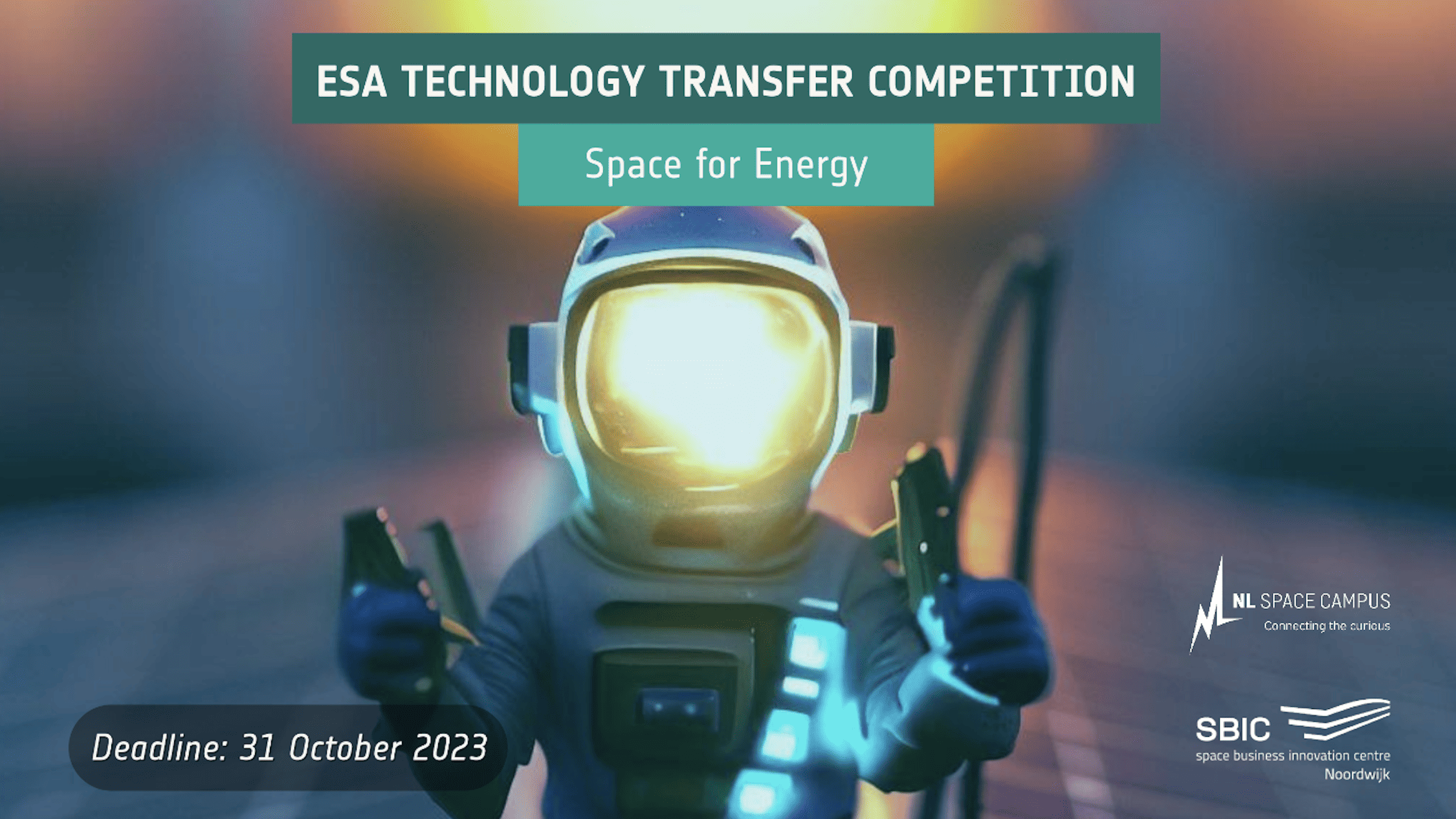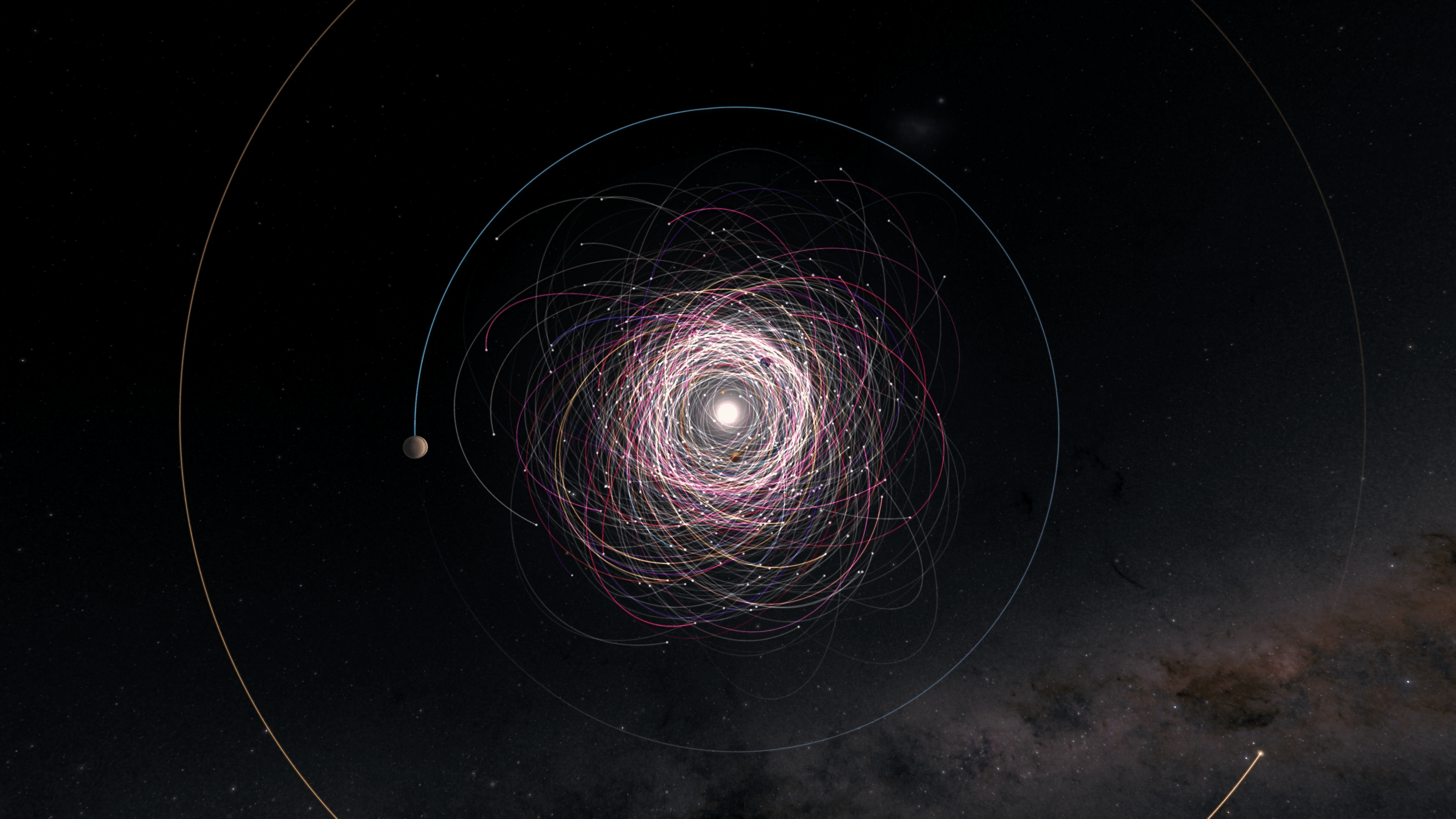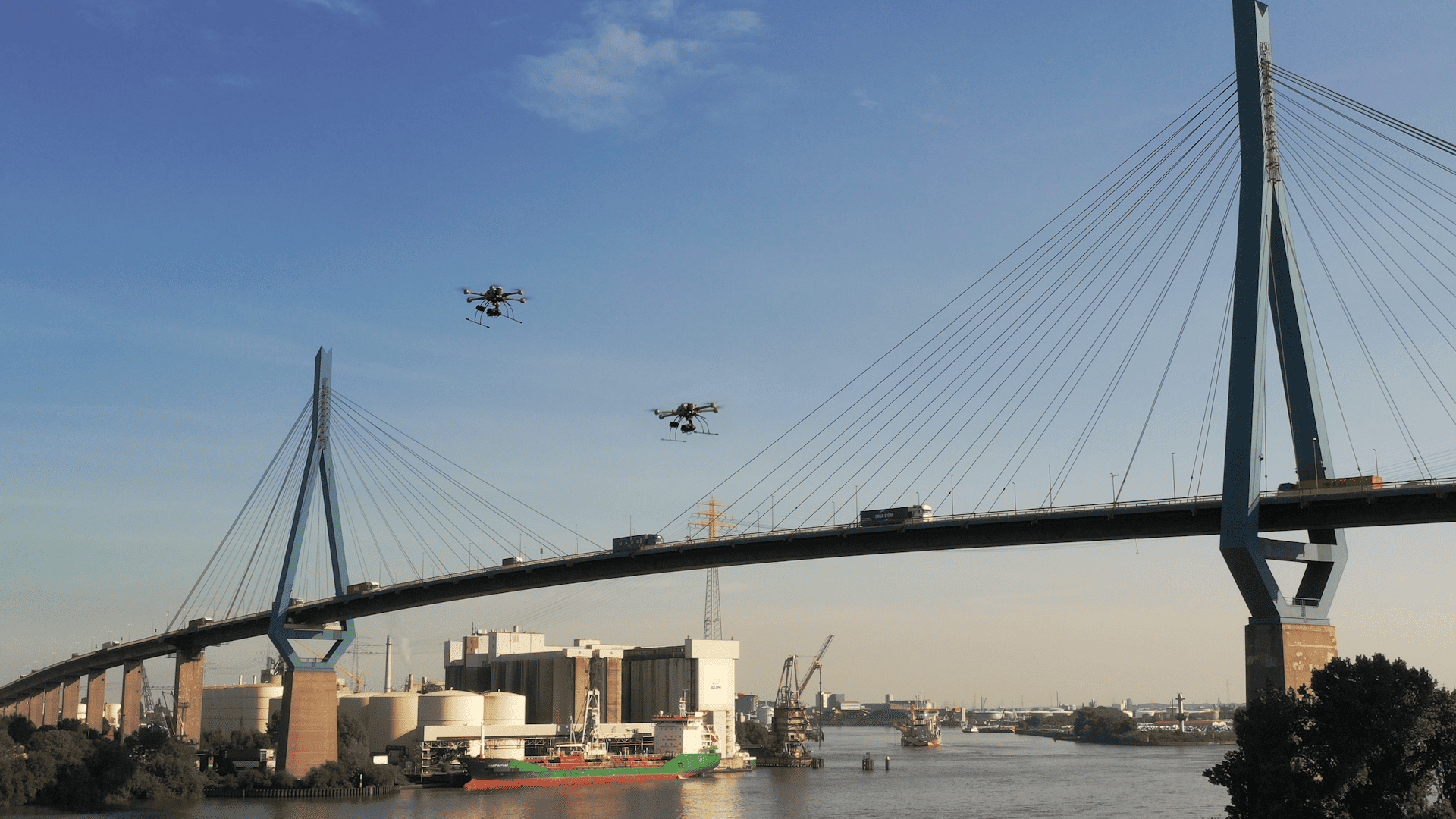
Last week the European Space Agency ESA reached an important milestone in terms of the rocket engine. On the test bench P8 in Lampoldshausen, the BERTA engine successfully completed its first test run on 18 February 2019. BERTA (Biergoler Raumttransportaengine) was tested for 560 seconds with a reference thrust of 2.45 kilonewton. The special feature: The rocket motor was completely manufactured in 3D printing at the end of 2018.
Competitiveness of European launchers
3D printing – also known as additive manufacturing – offers various advantages for engine construction. This significantly reduces production times. For example, combustion chambers in Europe are currently cast and forged first. Cooling ducts are then milled out and covered by galvanic processes. Typical delivery times are up to one and a half years.
By contrast, complete engines can be delivered within a few weeks using additive manufacturing. At BERTA, both the injection head – consisting of a corrosion-resistant nickel-based alloy – and the combustion chamber were made of stainless steel by selective laser melting. By using a laser, the final component was applied layer by layer by melting the material in powder form onto a base plate. More complex structures are possible in the 3D printing process, which cannot be produced in conventional processes. For example, BERTA contains a complex design for the cooling channels, which is intended to ensure improved cooling behavior of the combustion chamber. Thanks to optimized cooling, combustion chambers can be made more compact in the future. This saves material. “Additive manufacturing opens up new ways for Europe to manufacture engines,” says Lysan Pfützenreuter, project manager at DLR Space Management. “The successful demonstration of the technology is an important step towards improving the competitiveness of European launcher systems”. This brings the European Space Agency ESA much closer to building new, more economical rockets.
P8 in Lampoldshausen

The P8 is a research and development test bench at DLR (German Aerospace Center) in Lampoldshausen, which was jointly operated by DLR, the French space agency CNES and its industrial partner ArianeGroup. The DLR test bench team is responsible for the operation and execution of the tests. “The P8 test bench offers extensive possibilities for testing demonstrators ranging from components and assemblies to small engines. The aim of the current tests is to investigate the flow behaviour and heat transfer of printed surfaces. This new technology can currently only be tested at Test Stand P8 in Lampoldshausen, Europe-wide,” explains Gerd Brümmer, DLR engineer and head of Test Stand P8.
Missions beyond the earth’s orbit
BERTA is designed for operations with storable fuels. This means that the fuels can be stored at room temperature. Engines of this type are very reliable and can be ignited several times. They are therefore suitable for longer missions. This means that this engine can be used not only for near-earth missions on small to medium-sized missiles but also for missions beyond the Earth’s orbit. However, common storable fuels are highly toxic. Cryogenic fuels are therefore used for the test runs on the test bench in Lampoldshausen.
The engine was developed as part of ESA’s Future Launcher Preparatory Programme (FLPP) research. Germany has been the largest contributor to the FLPP core programme for years. DLR Space Management controls the use of funds within FLPP and advises ESA on the implementation of individual projects.
The test campaign will last another four weeks and the results will also flow into other ESA development projects. For example, 3D printing processes will be used for further developments of the Ariane 6 engines Vinci and Vulcain.
Main picture: BERTA engine during integration ©DLR







